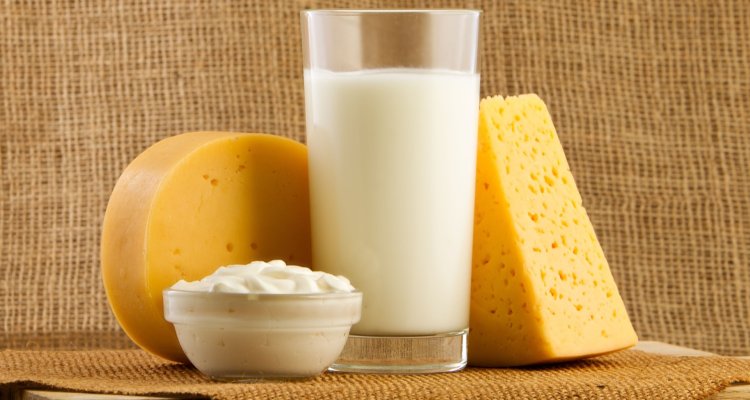
Project
Phentastyc – Phenols to tasty products
Phentastyc aims to develop phenol-rich food matrices with high technical functionality, resulting in high product quality.
Project background
Phenolic compounds are inherently present in many agricultural products and side streams. They interact with macromolecules such as proteins and starch, which may lead to sedimentation and discolouration. Therefore, phenolic compounds are often considered negative for applications. The aim of this project is to evaluate the impact of phenolic addition to the texture of model food products and ultimately understand how to use phenolics to create food products with the right taste and texture.
Phenols are often discarded in side streams of the food industry (i.e. fruit pomace, seed press cake). The reactivity of the phenols towards macromolecules and the effects on solubility and colour make phenolic compound removal one of the main issues in extraction processes. However, phenolic compounds are not only negative for functionality. When the conditions are chosen well, phenols can also have a positive effect on product quality. They can increase solubility, gelation or emulsifying properties. With an effective use of phenol rich side streams in food products, we aim to increase the value of the side stream from the project partner and other industries.
Project activities
We primarily selected chlorogenic acid as a phenolic compound that represents one of the main phenolics present in several side streams such as sunflower press cake, chicory side streams and potato fruit juice. The effect of phenolics addition will be tested in a model food matrix (as a precompetitive model system for a food product) using several processing types that mimic food processing. This will allow us to understand the effect of phenol-matrix interaction on product quality to get a wider use of side streams. The effect on functionality (solubility, viscosity, gelation and emulsifying) of the model food matrix will be investigated. While some information is present in literature around the effect of phenolic interactions on single macromolecules, there is little work on more complex food matrices. We will investigate a plant-based model food matrix towards vegan dairy applications, such as a vegan milk or cheese.
Project outcome
In this project, we want to understand how to prepare phenol-rich food matrices with high technical functionality resulting in high product quality.
- Content-wise, the project is successful if we can understand the processing conditions and matrix requirements to work towards high quality products.
- Impact-wise, success is shaping of a follow-up project that better investigates the use of real side streams in actual applications. This would ensure that the investigation leads to applications that would use more side streams and thus has more impact.
- Ultimately, long term success would be implementation of the learnings in consumer products.